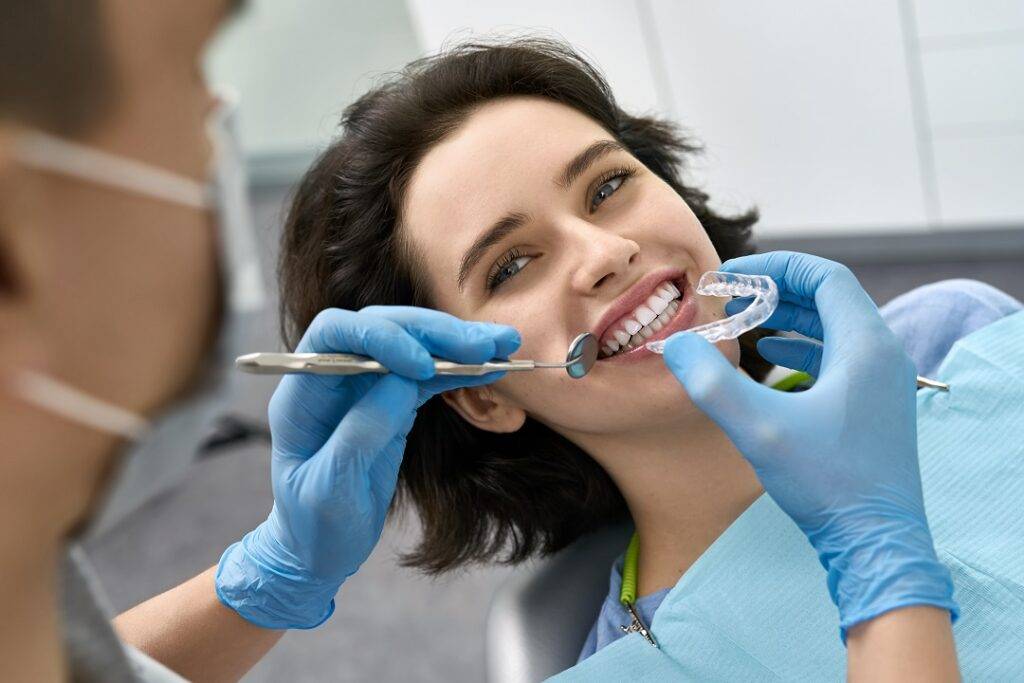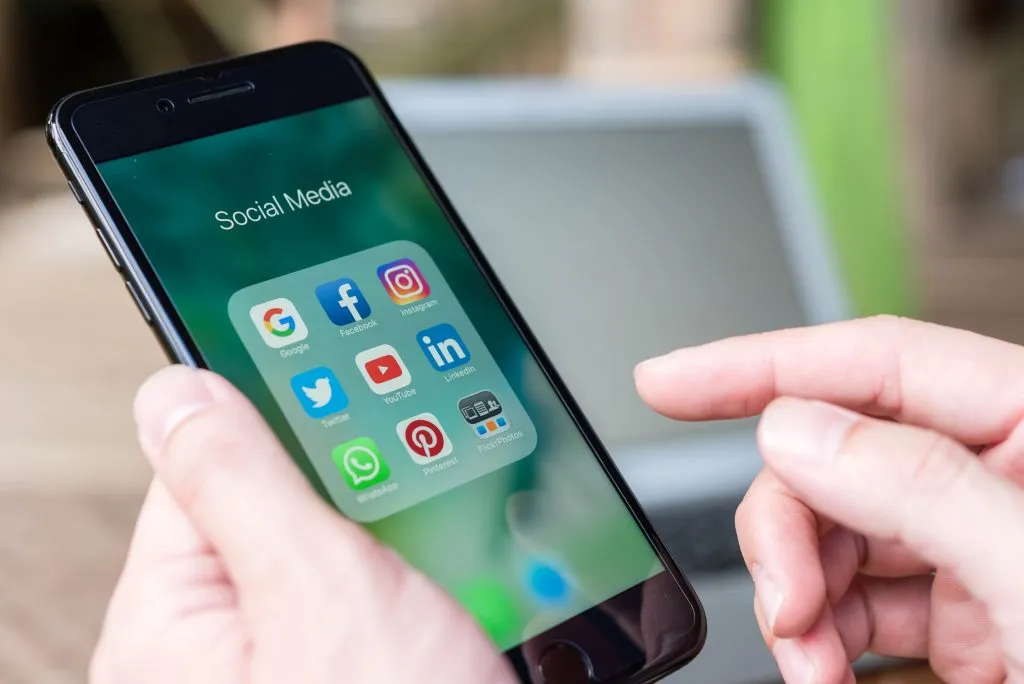In today’s fast-paced world of medical advancement, one breakthrough stands out for its promise and accessibility: stem cells from teeth. Once discarded as medical waste, teeth—especially baby teeth and wisdom teeth—are now recognized as powerful reservoirs of valuable stem cells. These tiny biological powerhouses have the potential to revolutionize regenerative medicine, offering exciting possibilities in treating a wide range of conditions.
At StemSave, the only ASI-approved dental stem cell bank, we are proud to lead the charge in making this innovation available to families worldwide. In this article, we will explore what makes stem cells from teeth so special, the science behind them, their potential applications, and why preserving them today can be one of the smartest health decisions you make.
What Are Stem Cells from Teeth?
Stem cells are undifferentiated cells capable of transforming into many types of specialized cells. Stem cells from teeth, specifically from the dental pulp found in baby teeth, wisdom teeth, and permanent teeth, are categorized as mesenchymal stem cells (MSCs). These cells can develop into bone, cartilage, muscle, nerve, and fat cells—making them a valuable asset in regenerative medicine.
What sets dental stem cells apart is their accessibility and viability. Unlike harvesting from bone marrow, collecting stem cells from teeth is non-invasive, especially when the tooth is already being extracted. This makes dental pulp stem cells a convenient and less painful source for families looking to invest in their future health.
The Science Behind Dental Stem Cells
The dental pulp, the soft living tissue inside teeth, is rich in mesenchymal stem cells. These cells play a critical role in tissue regeneration, immune modulation, and cellular repair. Research has shown that stem cells from teeth have a high proliferation rate and are less likely to mutate compared to other sources, making them a safe and effective option for future therapies.
Numerous studies have demonstrated that stem cells from teeth can be used in:
-
Neural tissue regeneration
-
Bone and cartilage repair
-
Cardiovascular therapies
-
Treatment of autoimmune disorders
-
Wound healing
-
Diabetes management
This growing body of scientific evidence continues to support the inclusion of dental stem cells in long-term healthcare strategies.
Health Benefits of Stem Cells from Teeth
1. Potential to Treat Chronic Diseases
Stem cells from teeth are being actively studied for their ability to treat diabetes, Parkinson’s disease, Alzheimer’s, and heart conditions. These regenerative therapies use the body’s own cells to repair or replace damaged tissue, offering a more natural and effective alternative to traditional medicine.
2. Tissue and Organ Regeneration
Imagine being able to regenerate nerve cells after a stroke or rebuild cartilage in arthritic joints. With dental stem cells, these scenarios are increasingly within reach. Their differentiation capabilities allow them to become the exact type of cell needed for repair, making them invaluable in tissue engineering and regenerative surgery.
3. Future-Proofing Your Family’s Health
Banking stem cells from teeth is like taking out an insurance policy for your family’s health. As personalized medicine advances, access to your own stem cells can allow for quicker, safer, and more effective treatments. This is particularly beneficial for children, as their stem cells are young, robust, and more viable for future use.
4. Ethical and Non-Invasive Collection
Unlike embryonic stem cells, stem cells from teeth come with zero ethical concerns. The collection process is straightforward, especially when the tooth is naturally shedding or scheduled for removal. This makes it an ethical, painless, and smart option for families looking to invest in long-term health security.
5. Long-Term Cryopreservation
At StemSave, we ensure that once collected, your dental stem cells are preserved under stringent cryogenic conditions. This allows for indefinite storage without degradation, ensuring these powerful cells are ready when needed.
Why Choose StemSave for Banking Stem Cells from Teeth?
StemSave is the leading name in dental stem cell banking and the only ASI-approved facility in the industry. We combine science, technology, and trust to offer you the highest standards of safety and effectiveness. Our process is simple:
-
Coordinate with your dentist or oral surgeon
-
Collect the tooth with intact pulp
-
Safely ship it to our lab in a specially designed transport kit
-
Process, extract, and cryogenically preserve the stem cells
Thousands of families, dentists, and healthcare professionals trust StemSave because of our:
-
Multiple independent accreditations
-
Transparent procedures and reporting
-
Proven track record in stem cell viability and safety
-
Commitment to innovation in regenerative medicine
Ideal Opportunities to Save Stem Cells from Teeth
The most common and effective times to collect stem cells from teeth include:
-
Naturally shedding baby teeth (ages 5–12)
-
Extracted wisdom teeth (typically ages 17–25)
-
Teeth removed for orthodontic or dental purposes
It’s important to act before the pulp is damaged or the tooth is lost. Timing is everything when preserving the quality of stem cells from teeth.
A Look Into the Future of Regenerative Therapies
With advances in gene editing, artificial tissue engineering, and personalized medicine, the future of stem cell therapy looks incredibly promising. Already, researchers are using stem cells from teeth to grow bone for craniofacial reconstruction, regenerate spinal cord tissue, and even improve heart muscle after heart attacks.
Banking your dental stem cells today prepares you and your family for these future treatments—treatments that could significantly extend quality of life and reduce dependence on synthetic medications or transplants.
FAQs About Stem Cells from Teeth
1. How are stem cells from teeth collected? Stem cells are collected from the dental pulp inside a tooth. The tooth must be healthy and have viable tissue. After extraction, it is sent to a certified lab (like StemSave’s) where the stem cells are isolated and cryogenically preserved.
2. Are all teeth suitable for stem cell banking? No, only teeth with healthy pulp tissue are suitable. Ideal candidates include baby teeth that are about to fall out, wisdom teeth, and teeth extracted for orthodontic reasons. It’s best to consult with your dentist or StemSave representative.
3. How long can stem cells from teeth be stored? When properly preserved under cryogenic conditions, stem cells from teeth can be stored indefinitely without losing viability, ensuring their use years or even decades into the future.
Conclusion: A Smart Investment in Your Family’s Future
The decision to bank stem cells from teeth is more than a health choice—it’s a long-term investment in your family’s future well-being. As science continues to advance, the therapeutic potential of dental stem cells will only expand. Whether it’s treating chronic disease, aiding in tissue repair, or preparing for unforeseen health challenges, having access to your own stem cells is a strategic advantage.
At StemSave, we make it easy, reliable, and scientifically sound to preserve these invaluable resources. Talk to your dentist, plan ahead, and join the growing number of families who are securing their future through dental stem cell banking. All categories and top stories are featured right on the homepage.











Leave a Reply